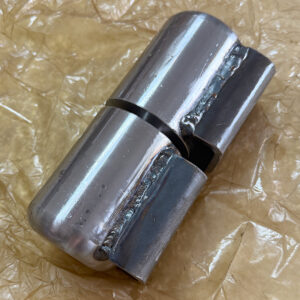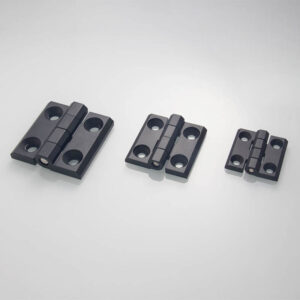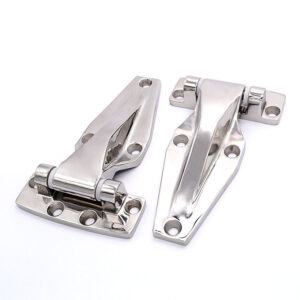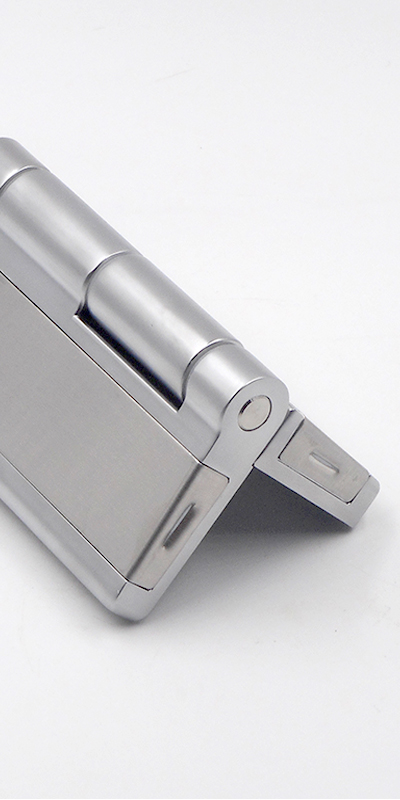Butt hinges are the go-to solution for securing and supporting industrial metal doors in high-demand environments.
The best butt hinges for industrial doors are heavy-duty models made from stainless or electro-galvanized steel, rated Grade 11 or Grade 13, and built for high-cycle performance. These hinges are chosen based on door weight, application type, and environmental conditions.
Discover the key technical details and industrial requirements behind choosing the right butt hinges for your heavy-duty doors.
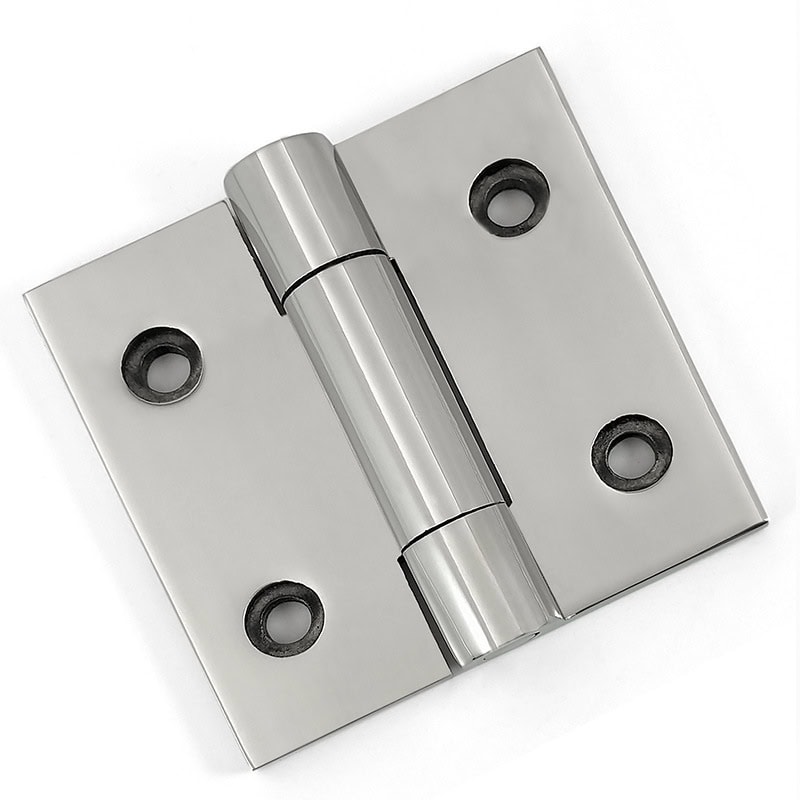
What Are Butt Hinges and Why Are They Used for Industrial Doors?
Butt hinges consist of two symmetrical rectangular plates connected by a central pin. One leaf attaches to the fixed frame, and the other to the swinging door. This classic yet durable hinge design is widely used in industrial settings due to its strength, simplicity, and reliability.
In industrial applications, butt hinges are essential for supporting heavy metal doors, electrical enclosures, testing chamber doors, and control cabinets. Their flat profile allows flush installation, and they are available in a wide range of sizes, materials, and finishes. Especially for outdoor and rugged environments, materials like stainless steel or Electro-Galvanized and Hot-Dipped Hinges offer strong resistance to corrosion and wear.
Butt hinges are used in industrial doors for their high load capacity, flush installation, and long-term reliability, especially in metal cabinets, control panels, and environmental test chambers.
In contrast to decorative or soft-close hinges used in furniture, industrial-grade butt hinges prioritize structural integrity, precise alignment, and maintenance-free operation under extreme conditions.
Key Factors That Define the Best Butt Hinges for Industrial Use
When selecting the best butt hinges for industrial doors, several key factors must be considered: load rating, material, corrosion resistance, and operational cycle life. Butt hinges for industrial use are typically Heavy Duty Hinges, built from stainless steel or electro-galvanized steel, designed to handle constant stress and vibration.
Another important factor is the hinge grade. Grade 11 hinges are tested for 1,000,000 cycles and can support doors up to 200 lbs, while Grade 13 hinges go beyond 1.5 million cycles and support up to 300 lbs. Choosing the correct grade depends on the door’s weight, frequency of use, and environmental exposure.
Top-grade industrial butt hinges are defined by high load ratings, cycle life over 1 million openings, and corrosion-resistant materials like stainless or zinc-plated steel.
Also, customizations such as greasing points, friction control, or removable pins can significantly enhance operational efficiency. For doors that need wider clearance, Wide-Throw Hinges are another consideration to avoid interference with surrounding components or panels.
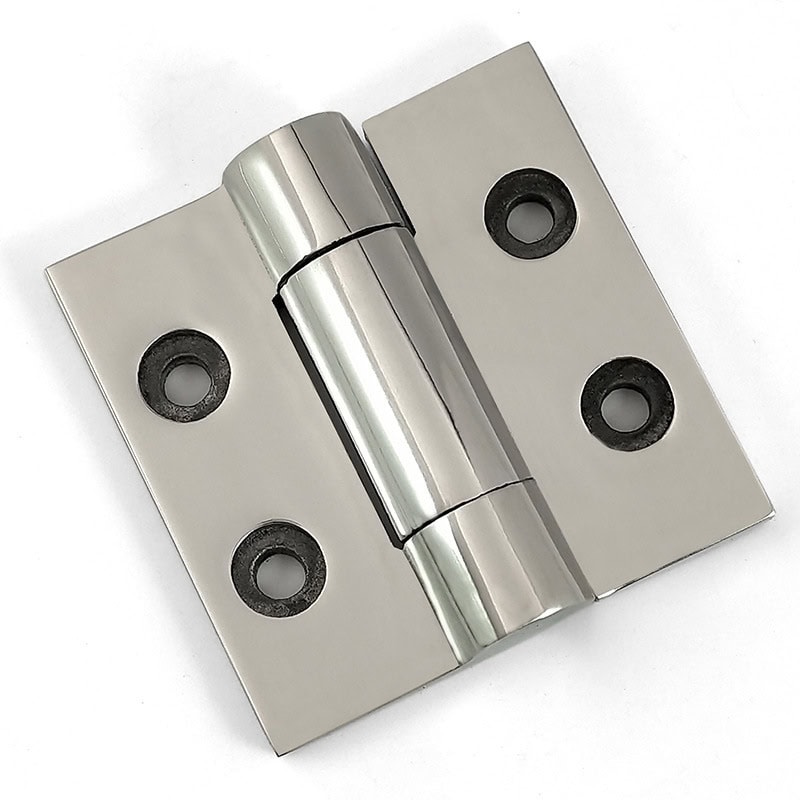
Comparing Hinge Grades: What’s the Difference Between Grade 11 and Grade 13 Hinges?
ANSI/BHMA standards classify butt hinges by performance grade, with Grade 11 and Grade 13 being common in industrial settings. These grades are not just labels—they are benchmarks of durability, performance, and safety under extreme use.
Grade 11 hinges are rated for 200 lbs door weight and 1,000,000 open/close cycles, suitable for medium-duty applications like switchgear panels or control cabinets. In contrast, Grade 13 hinges handle up to 300 lbs and 1.5 million cycles, ideal for high-frequency, heavy-use doors such as environmental chamber doors or large electrical enclosures.
Grade 11 hinges suit medium-weight industrial doors with moderate use, while Grade 13 hinges offer superior strength and durability for heavy-duty, high-frequency applications.
For engineers or purchasing directors managing a wide portfolio of enclosures, knowing these grades helps match hinge performance to usage, reducing premature failure and minimizing downtime.
Choosing the Right Type of Butt Hinge for Different Industrial Door Applications
Different industrial applications require different hinge designs, even within the butt hinge category. For instance, Detachable Hinges are ideal when doors need to be removed frequently for maintenance or transport. In contrast, Weld On Hinges are perfect for permanent metal-to-metal installations like machinery access doors or furnace hatches.
For heavy steel doors, especially on trailers or testing chambers, selecting a hinge with proper thickness, reinforcement, and removable pins can make installation and maintenance more efficient. For mobile applications, Heavy Duty Truck Door Hinges offer added robustness with vibration-resistance built in.
The ideal butt hinge depends on the door’s weight, frequency of use, and whether removability, adjustability, or welding is required for the specific industrial application.
Evaluate whether your application benefits from removable pins, full mortise installation, or even oversized hinge leaves for additional strength or clearance. This tailored approach ensures long-term hinge performance and reliable door operation.
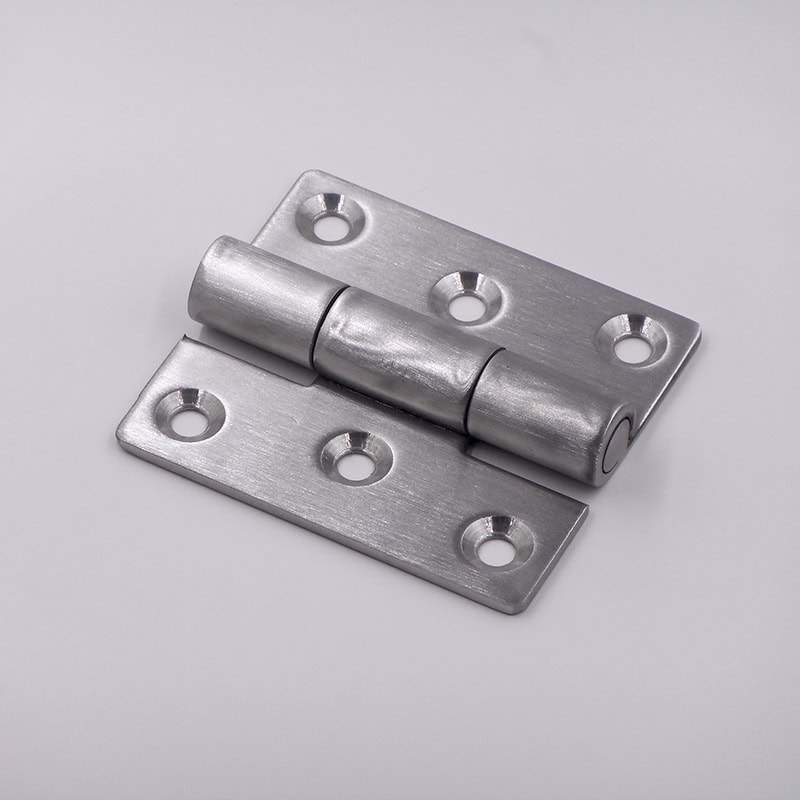
Recommended Materials and Surface Treatments for Industrial Butt Hinges
Material selection greatly impacts the durability and lifespan of butt hinges in industrial use. Stainless steel is the gold standard for corrosion resistance, especially in humid or chemical-exposed environments. For cost-sensitive applications, cold-rolled or carbon steel with a Hot-Dip Galvanized coating offers a balance between durability and price.
Surface treatments such as electroplating, powder coating, or black oxide improve corrosion resistance and surface hardness. In marine environments or cold storage, Marine Hinges made from 316 stainless steel prevent rust and maintain performance even with salt or moisture exposure.
Use stainless steel or galvanized hinges for outdoor and corrosive environments, and apply surface treatments to extend hinge life under harsh industrial conditions.
The right combination of material and coating can significantly reduce the need for maintenance and avoid unplanned downtime caused by corroded or seized hinges. Always confirm the compatibility of the hinge material with the environmental conditions it will face.
Reliable Brands and Manufacturers of Butt Hinges for Industrial Use
Brands like McKinney, Stanley, and Hager are well-known in North America for high-quality commercial and industrial hinges. These companies offer certified Grade 11 and 13 hinges with ANSI/BHMA compliance, suitable for high-cycle and heavy-load environments. However, many industrial buyers are turning to specialized manufacturers in China for custom options and cost advantages.
Manufacturers like IHINGES offer B2B solutions with customizable butt hinges for industrial use, including CAD design support, branding, and rare hinge styles not commonly found in catalogs. Their product line includes Aluminum Geared Continuous Hinges for long door spans and Adjustable Friction Hinges for controlled motion applications.
Leading hinge manufacturers provide heavy-duty, cycle-tested butt hinges, while specialized B2B suppliers like IHINGES offer customization, fast design response, and global logistics support.
Choosing a reliable supplier with engineering capabilities ensures better communication, faster prototyping, and fewer errors in technical execution—a critical advantage for OEMs and equipment manufacturers.
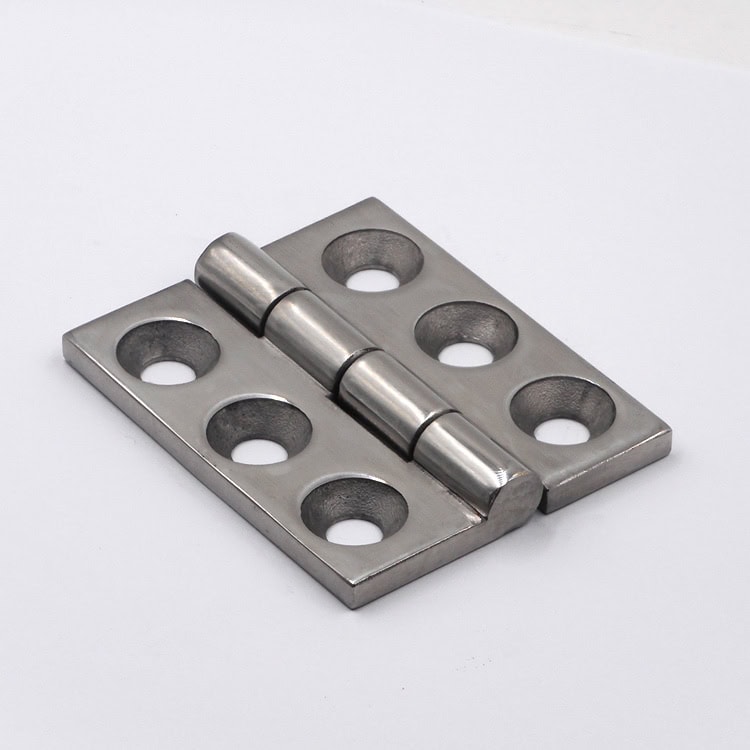
Application-Specific Insights: Matching Hinges to Use Cases
Each industrial application has its own demands. For example, cold storage doors need hinges that resist freezing and maintain flexibility—Cold Storage Room Hinges often come with nylon or thermal barriers. Environmental test chambers may require hinges that withstand high humidity and temperature cycles.
Meanwhile, electrical panels benefit from compact, corrosion-resistant Electrical Panel Hinges that maintain grounding continuity and fit within tight enclosures. When designing for service access, Take-Apart Hinges or hinges with removable pins simplify maintenance.
Selecting application-specific hinges—like thermal-resistant, removable, or sealed hinges—ensures door integrity, performance, and safety in diverse industrial environments.
Understanding these use-case details enables procurement engineers and designers to not only extend equipment life but also reduce operator fatigue, avoid misalignment, and ensure compliance with safety standards.
Conclusion
Choosing the best butt hinges for industrial doors requires evaluating load capacity, material, grade, and environmental fit. For durability and precision, Grade 13 heavy-duty models are often the best option.

